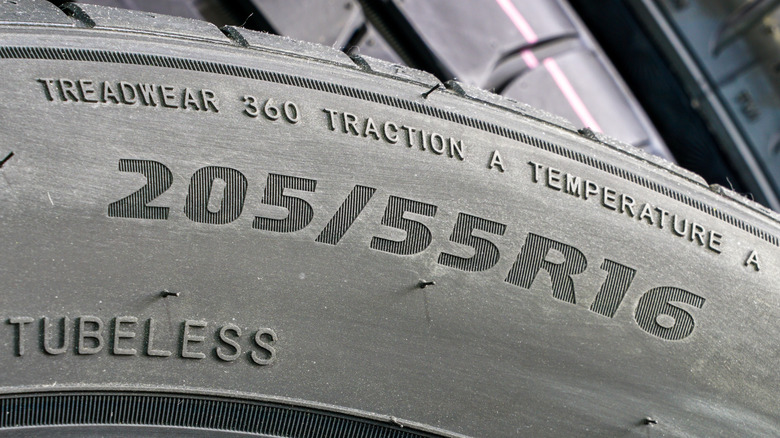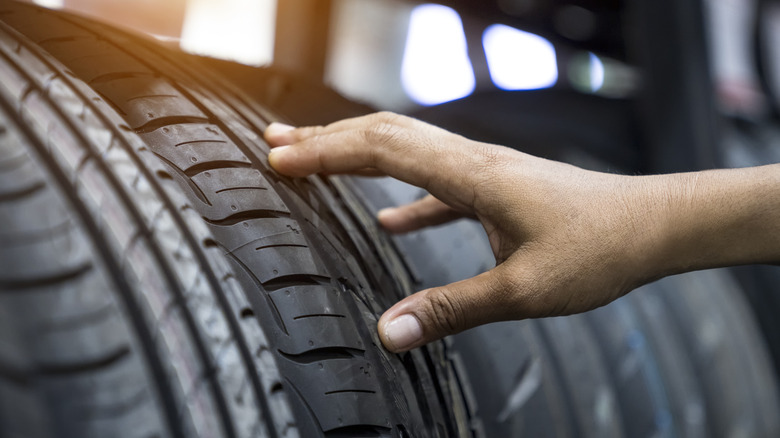What Are Tire Treadwear Ratings & Is A Higher Number Better?
Tire treadwear ratings, also known as Uniform Tire Quality Grading (UTQG), were developed by the National Highway Traffic Safety Administration (NHTSA) and the U.S. Department of Transportation (DOT). The objective of the UTQG system is to give consumers the information they need to make reasonable choices during the tire-buying process. Nearly every tire that has been sold in the U.S. since 1979 has been required to carry a UTQG marking on its sidewall. Those tires that do not require UTQG markings include snow and winter tires, temporary spare tires, light truck tires with deep tread, tires for trailers, tires with less than a 12-inch diameter, bicycle tires, and certain tires for large trucks.
The UTQG marking itself consists of three components. These are treadwear, traction, and temperature ratings. For the purposes of this article, we will be focusing primarily on the treadwear ratings. The UTQG treadwear rating can be found on the sidewall of a tire — it is the number that follows the word "Treadwear."
But what exactly is the tread of a tire? It is that part of the tire's rubber that contacts the road surface. Just like a pencil eraser that wears away as you use it, a tire's tread wears down as you put more and more miles on it. The UTQG treadwear rating is a relative expression of the tread life you can expect, not in terms of miles, but as a comparison to the ratings of other tires. If you're considering which tire brand to buy, we include treadwear comparisons in our ranking of the 21 major tire brands of 2025.
Is a higher tire treadwear number better?
The UTQG treadwear rating system starts with a control tire that has been assigned a grade of 100 after being driven a distance of 7,200 miles on a test track owned by the government. All other rated tires are then tested by the individual manufacturers at their own facilities, where they compare their tires' wear to that of the control tire and assign a treadwear rating. The tire manufacturers then submit their testing reports to NHTSA. So if a manufacturer-tested tire lasts twice as long as the control tire, it receives a 200 treadwear rating, if it lasts four times longer, it gets a 400 treadwear rating, and so on.
So yes, a higher treadwear number generally means that a tire bearing one will last longer than a tire with a lower treadwear number, assuming that the conditions under which they both operate are the same. NHTSA has determined that most contemporary tires (fully 77% of them) have achieved treadwear grades of between 200 and 500, so it is likely that the tires that most people shop for will fall somewhere within this range. Remember, though, that no matter how high your UTQG treadwear rating number may be, your tires will still eventually wear out, so you need to know how to check your tire tread to stay safe.

